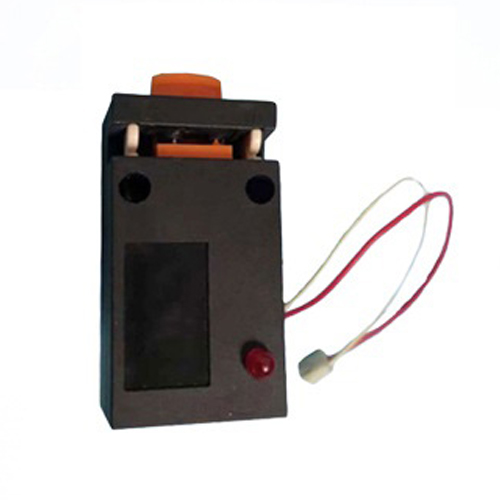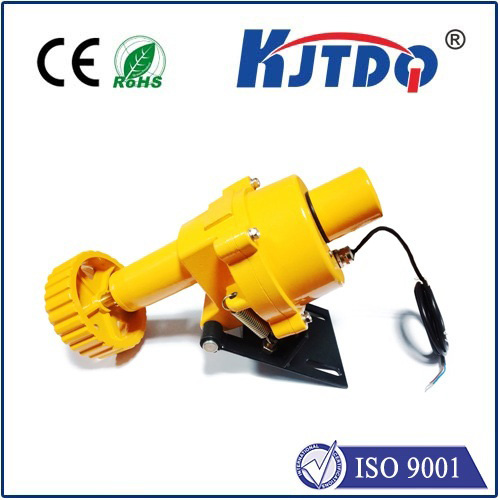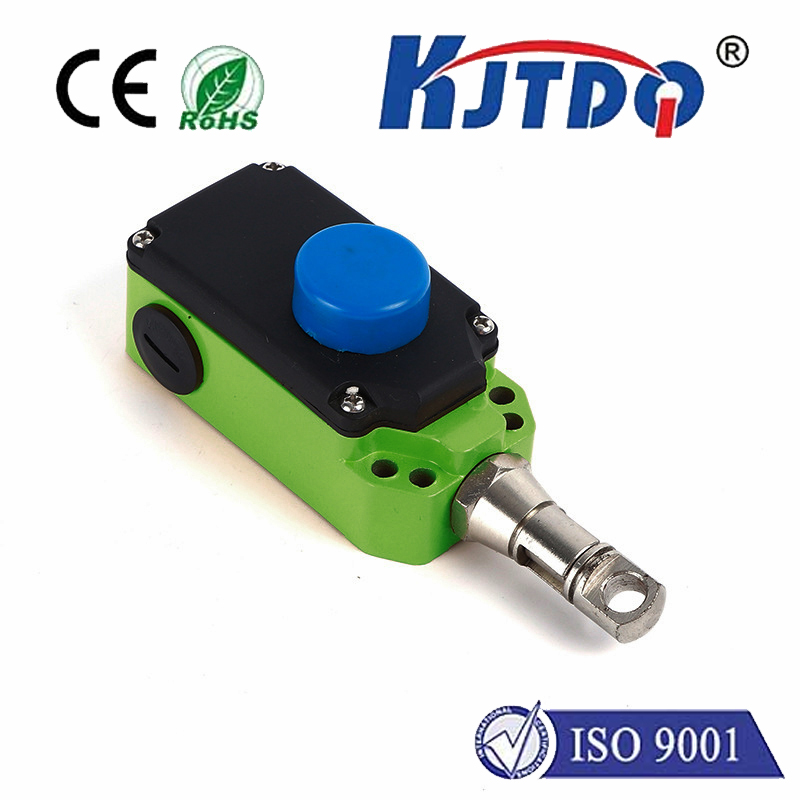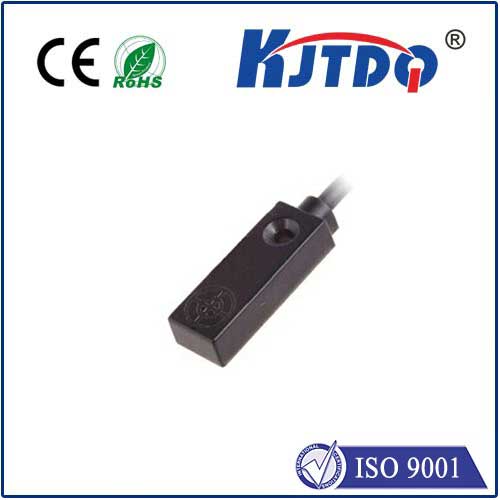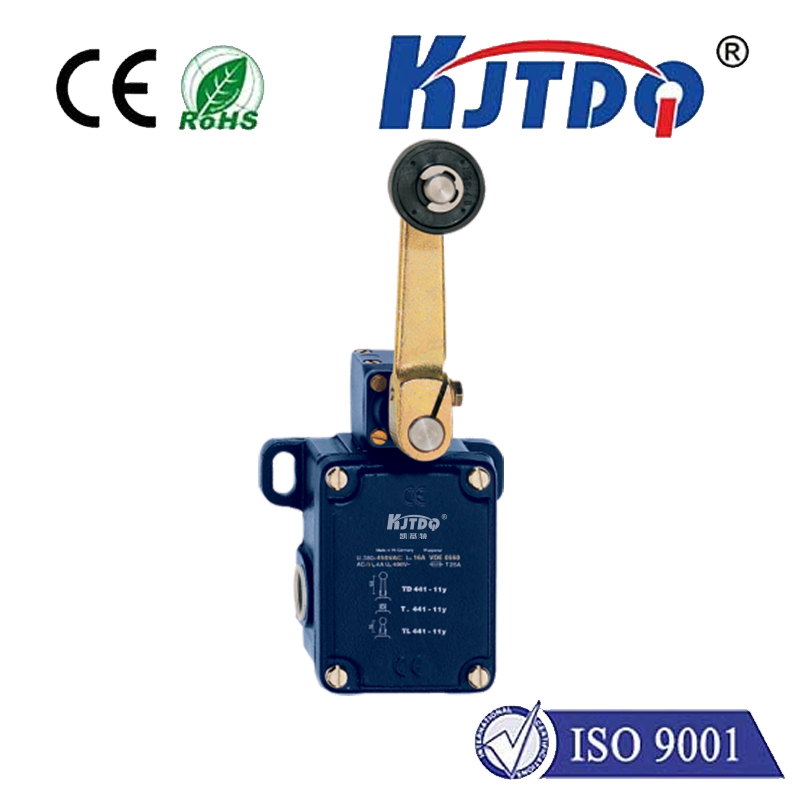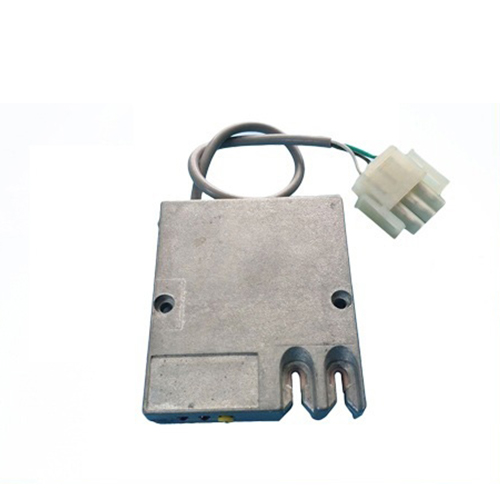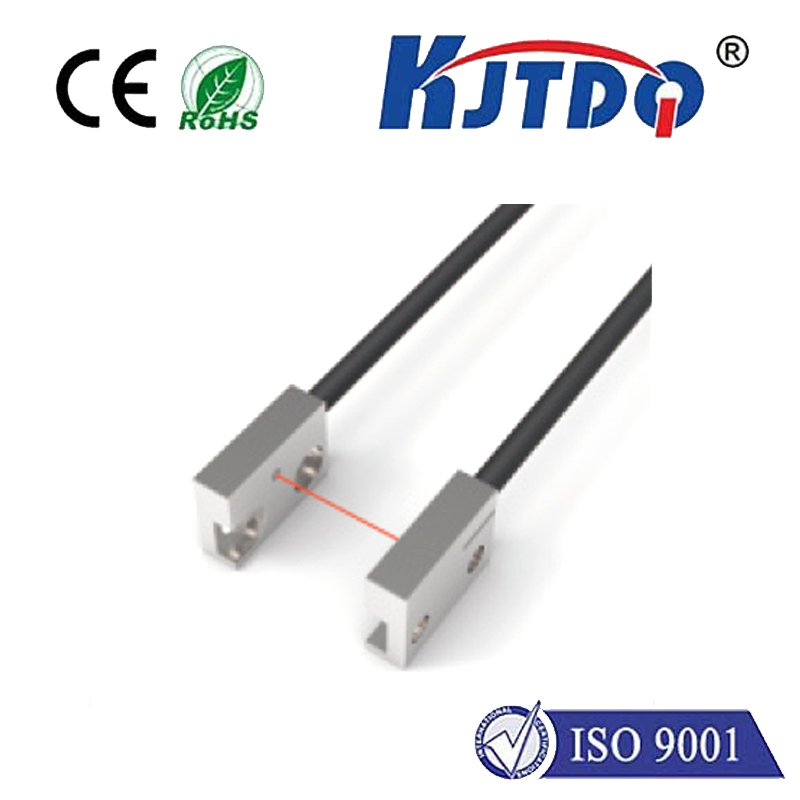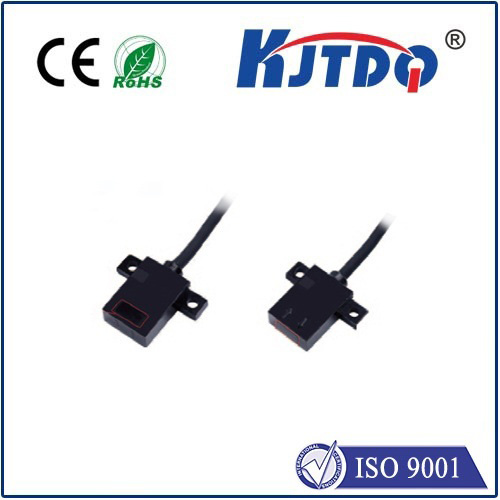LJC18A3-HZ Proximity Sensor: Unlocking Precision Detection in Industrial Automation
The silent choreography of modern manufacturing relies on unseen sentinels. Picture a high-speed bottling line: thousands of containers whisk by, each needing precise positioning for filling, capping, and labeling. A fraction of a millimeter out of place spells disaster – spills, misalignments, costly downtime. What ensures this relentless precision? Often, it’s a small, rugged device like the LJC18A3-HZ proximity sensor, a workhorse in the world of inductive sensing. Understanding its capabilities is key to optimizing countless automated processes.
Proximity sensors are the essential “eyes” of machinery when physical contact is impossible or undesirable. Inductive proximity sensors, specifically, excel at detecting the presence or absence of conductive metal targets without touching them. They achieve this by generating an electromagnetic field. When a metal object enters this field, it induces eddy currents within the target, causing a measurable change in the sensor’s internal oscillation. This change triggers the sensor’s output signal, indicating detection.
The designation LJC18A3-HZ holds specific meaning crucial for integration:
Inductive Principle: Designed specifically for detecting metallic objects. Size & Form Factor: Likely an 18mm cylindrical threaded barrel housing, a very common industrial standard offering a good balance of sensing range and physical robustness. Output Configuration: The “3” often signifies the output type (e.g., NPN Normally Open (NO), NPN Normally Closed (NC), PNP NO, PNP NC). Consulting the specific manufacturer’s datasheet is critical here for wiring and compatibility.
Faster Response Times: The sensor can detect targets and switch its output signal much more rapidly, often measured in milliseconds or microseconds. Higher Switching Speeds: It can reliably detect objects moving past it at significantly higher velocities. Improved Performance on Small Targets: High frequency operation often allows for better detection of smaller or thinner metal objects.
Combining these elements, the LJC18A3-HZ emerges as a robust, high-speed inductive proximity sensor in a standard 18mm form factor. Its defining characteristic is its high switching frequency (HZ), making it indispensable for demanding applications.

Where the LJC18A3-HZ Excels: High-Speed Industrial Applications
The “HZ” capability isn’t just a minor upgrade; it unlocks performance levels essential for modern automation:
High-Speed Counting & Sorting:* On conveyor lines moving parts, bottles, cans, or packages at blistering speeds (think food & beverage, pharmaceuticals, packaging), the LJC18A3-HZ’s rapid response ensures accurate counting and triggering of sorting gates without missed counts or lag. Standard sensors might struggle as object speed increases.
Precision Positioning at Velocity:* In assembly stations, robotic arms, or CNC machine tool changers, components often need positioning verification while in motion. The HZ sensor provides near-instantaneous feedback, enabling precise control loops even when things are moving fast.
Detecting Small or Thin Targets:* Applications involving small metal components, thin washers, conductive coatings, or fine wire endings often require the enhanced sensitivity associated with higher operating frequencies. The LJC18A3-HZ is better equipped for these challenging detection tasks.
Vibration-Prone Environments:* Equipment subject to vibration can cause intermittent detection issues with slower sensors. The rapid response of the HZ variant helps mitigate false signals caused by momentary target movements, enhancing reliability.
Shortening Cycle Times:* Ultimately, the faster a sensor can reliably detect and signal, the faster a machine cycle can potentially be completed. Implementing LJC18A3-HZ sensors contributes directly to maximizing production throughput.
Key Technical Considerations for Implementation
Successfully deploying the LJC18a3-HZ involves understanding its specifications:
Detection Range (Sn): Typically specified for mild steel (e.g., 2mm, 4mm, 8mm). Remember, actual range varies with target material (stainless steel reduces range, brass/copper/aluminum reduce it significantly more). Factor in installation tolerances. Switching Frequency (HZ): This is its crown jewel. Expect values significantly higher than the standard version (e.g., 200Hz, 500Hz, 1kHz+ meaning it can switch 200 to 1000+ times per second). Match this to your application’s required speed. Output Type (NPN/PNP, NO/NC): Absolutely critical for wiring compatibility with your PLC or controller. The “3” in LJC18A3 usually indicates this – check the datasheet meticulously. Supply Voltage: Common ranges like 10-30V DC. Ensure compatibility with your control system voltage. Environmental Rating (IP): Look for ratings like IP67 or IP68, indicating high resistance to dust and water ingress – essential for harsh industrial floors. Hysteresis: The difference between the switch-on and switch-off point. Some inherent hysteresis prevents output chattering when a target is precisely at the edge of detection.
Understanding the inductive sensing principle also helps in optimal placement. The electromagnetic field extends from the sensing face. For the most reliable detection, ensure the target approaches perpendicular to this face within the specified operating range.
Beyond the Specification Sheet: Reliability and Integration
The LJC18A3-HZ embodies attributes vital for industrial longevity:
Robustness: The metallic threaded barrel construction withstands mechanical impact, vibration, and exposure to common industrial coolants/lubricants (depending on exact sealing). Contactless Operation: No moving parts to wear out, leading to exceptionally long service life and minimal maintenance compared to mechanical switches. Resistance to Contaminants: Unlike optical sensors, inductive proximity sensors are largely unaffected by dust, dirt, oil, or water (within their IP rating), making them ideal for ‘dirty’ environments like machining or foundries.
